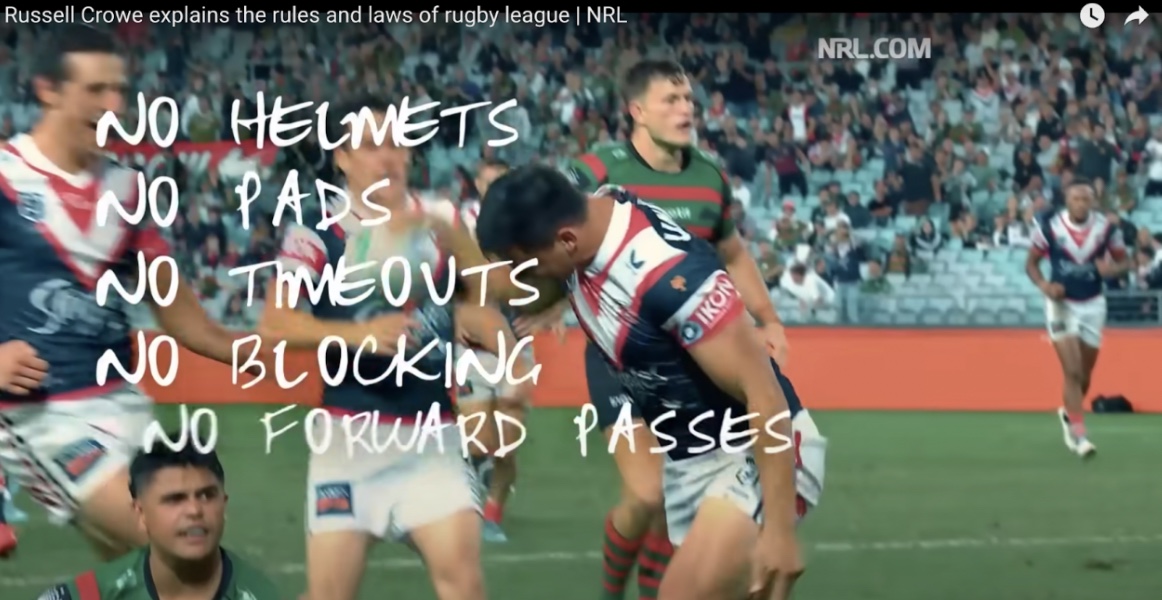Film research can raise alarming truths of gender, ethnicity and other identity groups.
According to a study conducted by the USC Annenberg School, women are disproportionately appearing in film.
“The gender ratio [is] 2.3 male speaking characters on film, to every one female speaking character on screen,” said Stacy Smith, professor of USC Annenberg School for Communication and Journalism.
Smith delivered an informative lecture to Sonoma State University students in Stevenson Hall on Tuesday.
Smith’s spoke on inequality in films and behind the camera as a part of the campus lecture series Center for Ethics, Law and Society, or CELS. There are various lectures scheduled throughout the semester touching on a wide range of topics.
“There is an epidemic of invisibility when we cross gender and race, when we think about the top 100 films that are exported worldwide and influencing audiences domestically as well,” Smith said.
Smith’s research, dating back to 2005, looks at the top 100 box office fictional films and analyzes whether inclusive practices are displayed on screen. Each character that appears on screen that speaks at least one word is included in the investigation. Those results are gathered, tallied and then compared to the population via census data.
Ethnicity is also an area of significant disproportion in film. Smith acknowledged the 2016 Oscars controversy where many protested against the predominantly white award nominees. Smith said instead of the trending hashtag being #OscarsSoWhite, it should have been #HollywoodSoWhite.
Smith insists the problem is larger than simply one award ceremony. Her own research revealed 26 percent of all speaking characters in films were from underrepresented groups based on race and gender when 40 percent is the actual amount.
The LGBTQ community is not immune to inaccuracy since there’s only one transgender character across the top 100 films over the last two years Smith said.
“Only two and a half percent of speaking characters, in the top 100 films, were shown with a communicative or mental disability and most of the time it’s male characters,” said Smith. Statistically one-fifth of the U.S. population is disabled, but many consumers wouldn’t draw that conclusion from watching films.
“A lot of what Professor Smith said I was already fairly aware of, but I had no clue representation of certain groups in movies are as skewed as they are. I try to pay attention to who is shown in what I watch, as much as I can and spend money on what I support, but a lot of times this is limiting to marketing, casting choices, or character design,” said senior Emily Miguel.
Miguel, an English major, believes that students and audiences alike have influence to initiate change based on the research results.
“I think a biggest thing that we as consumers can do is be aware of what we are spending our money on. Everything we consume is normalizing what it represents. So if we spend our money on movies that perpetuate any negative attitudes towards, or stereotypes of a marginalized group, we are saying with our money that it’s okay and it isn’t,” said Miguel.
Smith proposed solutions that were focused on changing the film structure itself and only focusing on correcting the large gender gap. There are many potential solutions as consumers and in the film casting itself.
“Whether we are talking about gender, race, ethnicity, the LGBT community or individuals with disabilities, we are seeing an erasure of different identity groups on screen and film,” Smith said.
Joshua Glasgow, a assistant professor at Sonoma State and director of the CELS lectures knows the importance of this lecture and the many others scheduled this semester.
“CELS lectures expose students from across the campus to cutting-edge thinking about ethics, law, and justice. They cover everything from the environment to inequality to emerging technologies, among many other topics,” said Glasgow “In past surveys, students have reported that CELS events increase the amount of time they spend thinking about matters of ethics, law, and justice, as well as how informed and interested they are about these issues. A great number also indicated that these events made them re-think their major, minor, or career choices. In this regard, CELS events both inform and inspire.”
“I’m attending these lectures every week and they give me a lot to consider and are given in a way that everyone can walk away with something to think about,” said Miguel.





![[Both photos courtesy of sonoma.edu]
Ming-Ting Mike Lee stepped in as the new SSU president following Sakakis resignation in July 2022](https://sonomastatestar.com/wp-content/uploads/2024/04/CC4520AB-22A7-41B2-9F6F-2A2D5F76A28C-1200x1200.jpeg)


























